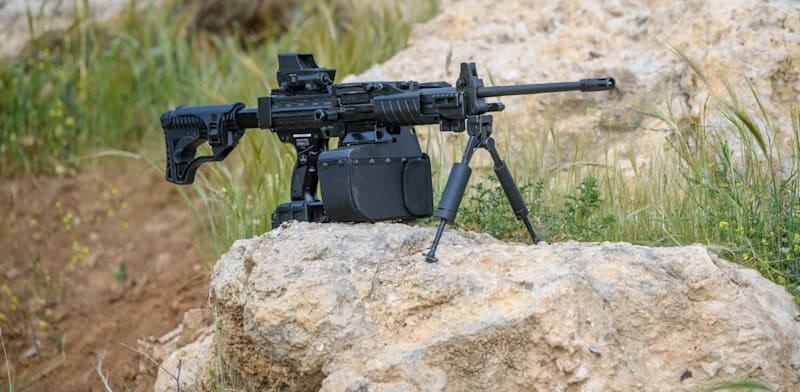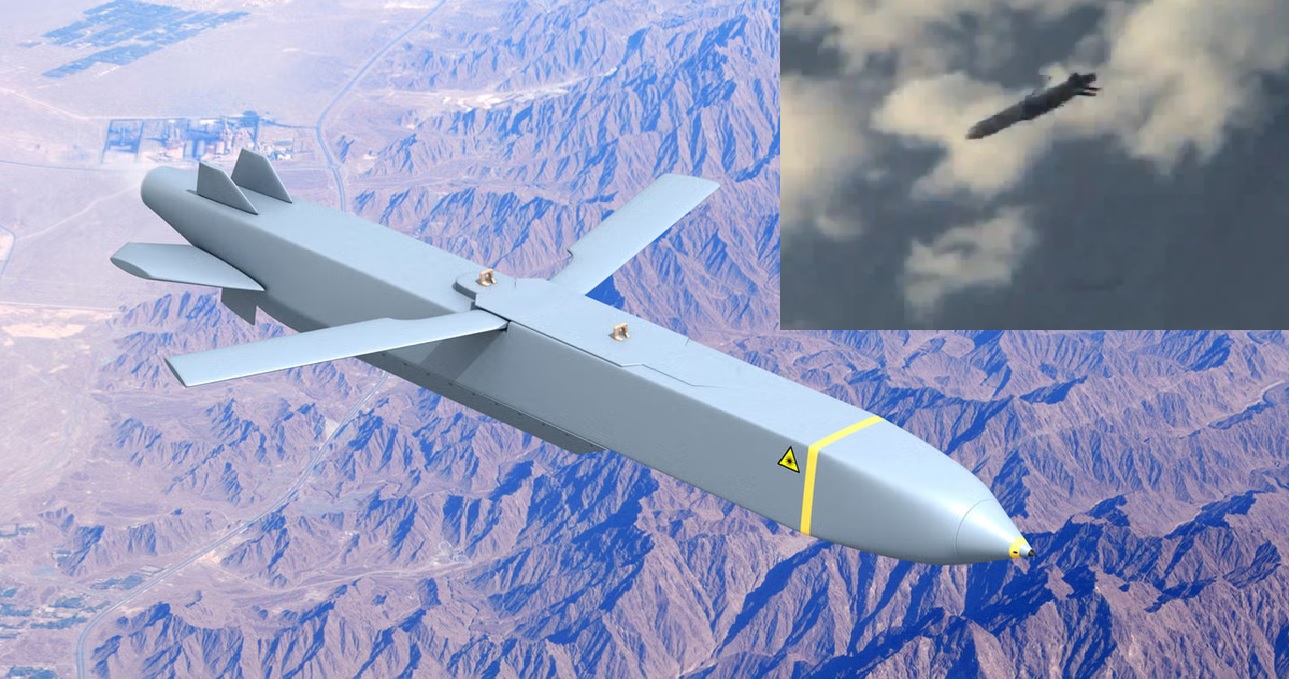India's DRDO Advances SWiFT Program to Full UCAV: 1-Ton Stealth Drone Ready for Combat and Surveillance

In a major leap forward for India's defense capabilities, the Defence Research and Development Organisation (DRDO) has received approval from the Indian Air Force (IAF) to transform its experimental Stealth Wing Flying Testbed (SWiFT) into a fully operational unmanned combat aerial vehicle (UCAV). Originally designed as a technology demonstrator, SWiFT will now evolve into a 1-ton stealthy UCAV, uniquely tailored for precision mini-bomber roles as well as intelligence, surveillance, and reconnaissance (ISR) operations. This move marks India’s commitment to pushing the boundaries of stealth technology and expanding its aerial combat and surveillance capabilities.
The Evolution of SWiFT from Demonstrator to UCAV
The SWiFT project initially aimed to test essential technologies that would eventually feed into larger UCAV programs. Key areas of focus included stealth, aerodynamics, and unmanned flight capabilities, particularly for operations where human involvement is high-risk. By proving these technologies in SWiFT, DRDO planned to pave the way for a new generation of stealthy unmanned systems, an approach now coming to fruition with this recent IAF nod.
This progression to a full-scale UCAV not only reflects SWiFT’s technical maturity but also highlights the IAF’s growing emphasis on integrating stealthy unmanned platforms. With this green light, the SWiFT UCAV is expected to join the forefront of India's aerial combat strategy, where its operational flexibility and precision will provide substantial support in high-stakes scenarios.
Advanced Features: Stealth, Payload, and Engine Power
The newly approved SWiFT UCAV is designed to handle a wide array of missions, with advanced features engineered to meet the rigorous demands of modern combat. To maintain its stealth profile, SWiFT will feature an internal weapons bay, a sophisticated element typically reserved for advanced stealth aircraft. This internal bay minimizes radar signatures by housing weapons within the body, rather than external mounting, which would make the aircraft more detectable. This design enables SWiFT to carry precision-guided munitions while staying under radar detection thresholds, allowing it to carry out deep strikes undetected.
Powering SWiFT is the Small Turbo Fan Engine (STFE), a compact yet powerful engine previously deployed in the Nirbhay cruise missile. Developed in India, the STFE is celebrated for its reliability and efficiency, which makes it an excellent fit for SWiFT’s stealthy, agile design. This engine provides the necessary thrust to support extended flight operations, facilitating missions that range from precision bombing to extended ISR (Intelligence, Surveillance, and Reconnaissance) without compromising stealth or endurance.
Combat Versatility and ISR Capabilities
The SWiFT UCAV's 1-ton payload capacity further enhances its versatility on the battlefield. As a mini-bomber, it can engage high-value targets in contested territories where manned aircraft might be more vulnerable. This will allow the IAF to execute precise strikes while minimizing human risk. The UCAV’s ISR capabilities are equally impressive: equipped with advanced sensors, it is designed to conduct surveillance operations and provide real-time intelligence. This information is critical for ground commanders, allowing them to make informed decisions in fast-evolving combat scenarios.
Stealth UCAVs like SWiFT bring significant strategic advantages, particularly in the Asia-Pacific region, where various military powers are advancing their air defense capabilities. For India, SWiFT represents not just a technological advancement, but also a shift in tactical options, allowing the military to gather vital intelligence or launch attacks even in heavily defended airspace.
A Growing Global Trend in Unmanned Combat
The shift towards stealthy UCAVs aligns India with the global trend of incorporating unmanned systems capable of executing "dull, dirty, and dangerous" missions. With advancements in artificial intelligence and autonomous flight, UCAVs are now critical assets in modern warfare, especially in environments where human pilots may face intense hazards. Defense analysts predict that these unmanned systems will be invaluable in future conflicts, allowing militaries to maintain operational flexibility and maximize impact while minimizing personnel exposure to risk.
DRDO’s ongoing work on SWiFT, coupled with its successful integration of the STFE engine, is evidence of India’s commitment to leading in unmanned combat systems. The project signifies a strong move towards operational self-reliance and innovation in defense technology, and it signals India's intent to be a key player in the realm of stealth and unmanned aerial capabilities. With SWiFT, India is not only advancing its defense technology but also shaping a new chapter in aerial warfare, where UCAVs will likely play a transformative role.


